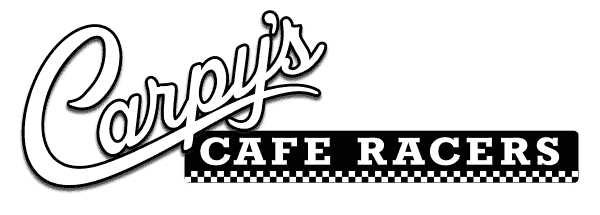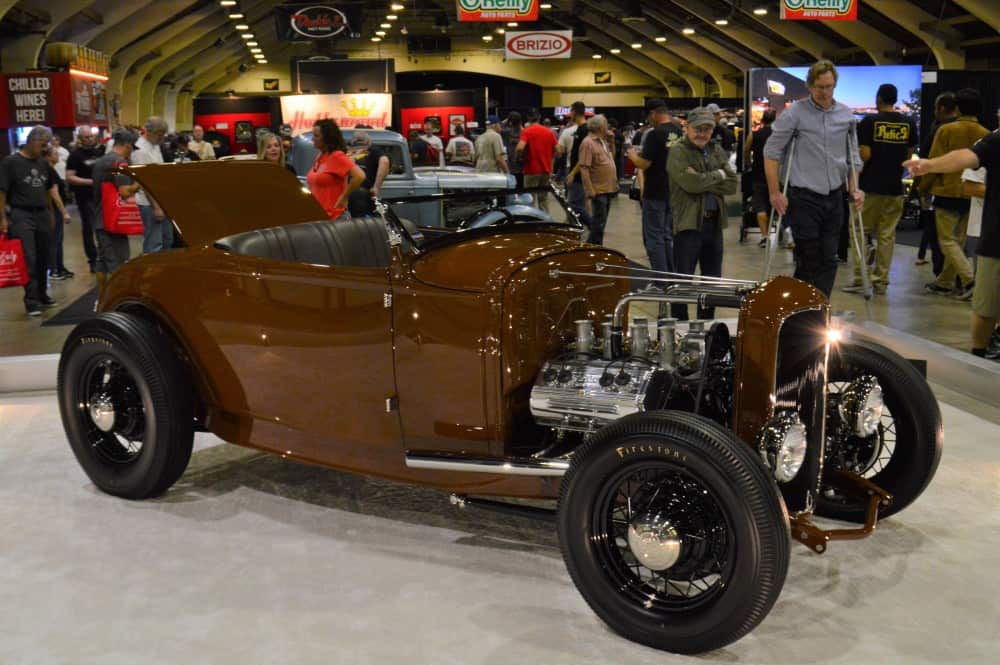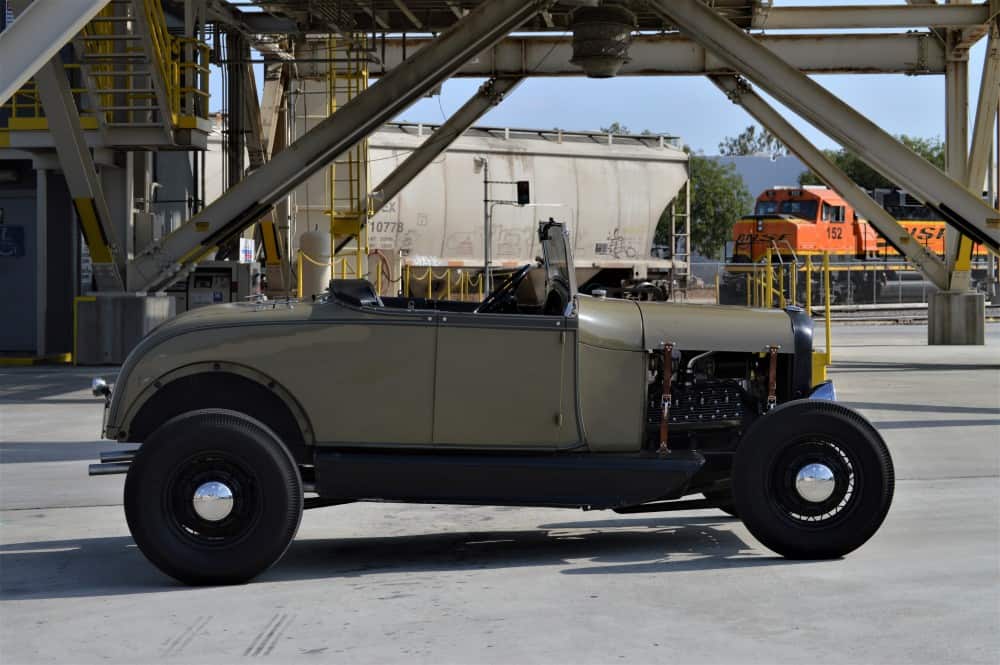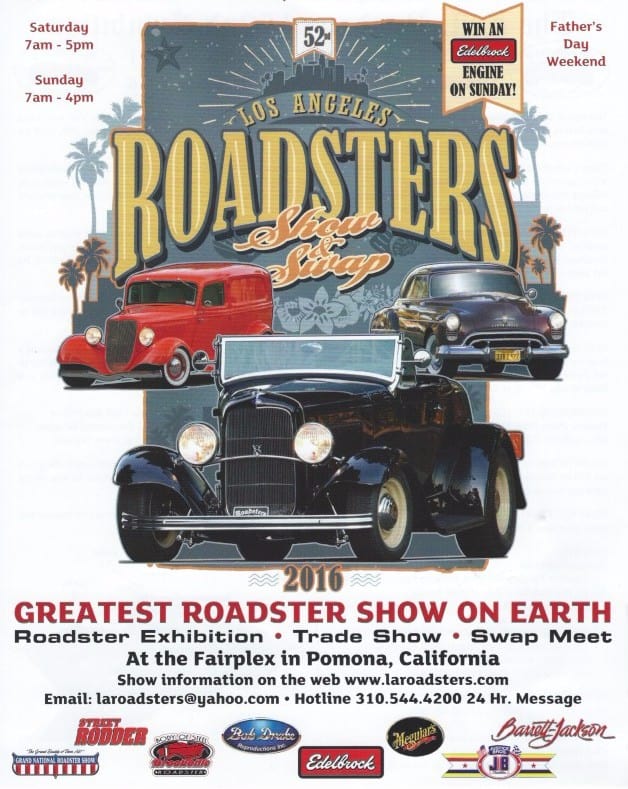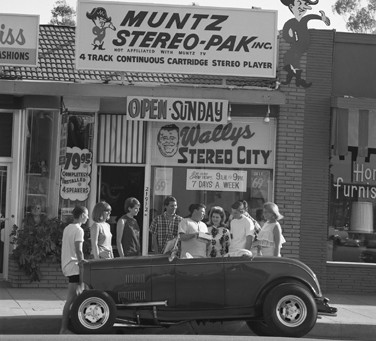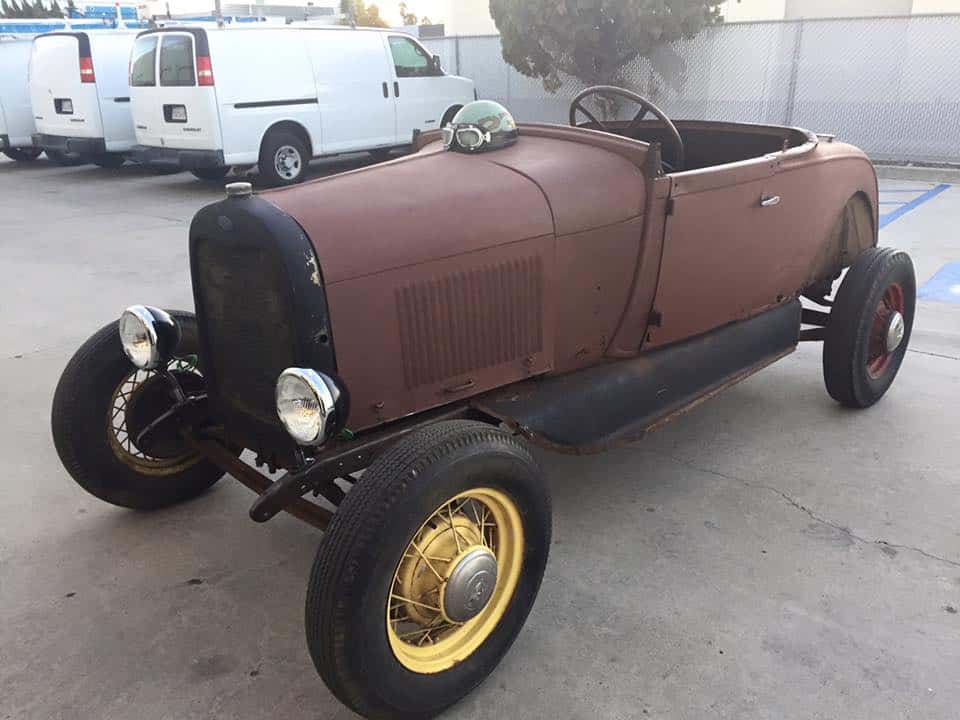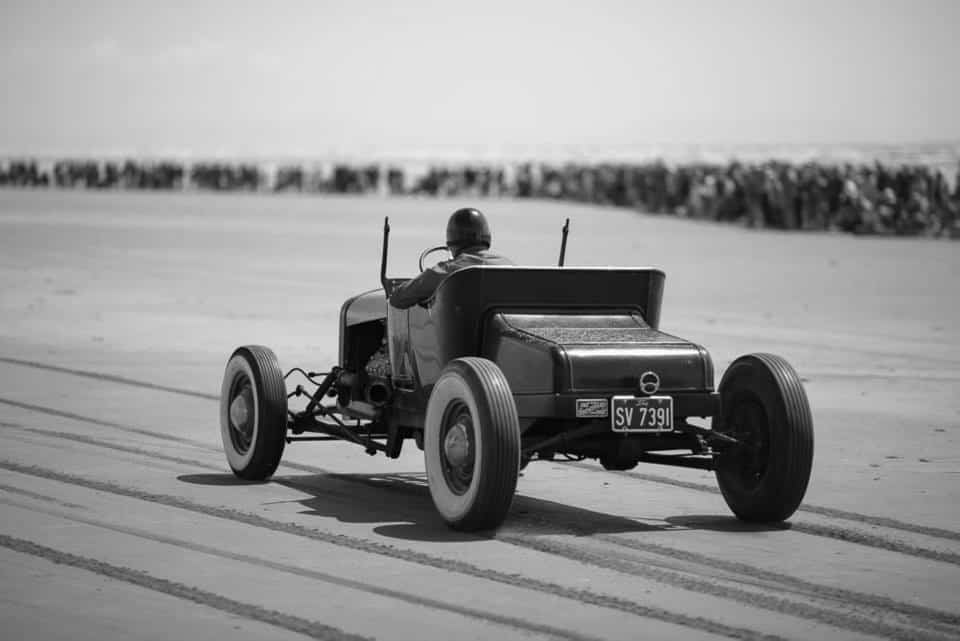The Grand National Roadster Show is now in its 70th year. Once known as the Oakland Roadster Show, it is the longest running indoor car show in the world! Produced at the Fairplex in Pomona for the 16th consecutive year. Over 500 show vehicles will compete for awards inside the Fairplex buildings. Another 400-800 […]
Tag Archives: Iskendarian
Ford Flathead V8 Engine History Many people mistakenly believe that the Ford flathead V-8 was the first V-8 engine. It proved to be extremely popular until the overhead valve engines arrived and was the first V-8 readily available to the masses, but it was not the first. Léon Levavasseur took out the first patent for […]
Well, Hot Rods really are never finished, you just continue to wrench, change looks and idea’s etc and thats what I love about Hot Rodding, My 1928 Ford Roadster is no Show ride, it is no super high Dollar Performance machine, nor is it a trailer Queen either. What it is, well- To me anyways, […]
Well, memorial weekend has come and gone by so fast, although in that time I caught a head cold that whooped my arse and have only just got back to a level playing field. So wanted to throw some photos up I took of my 1928 Model A Roadster that I have and over that […]
I have been into Hot Rods for Many many years, I stopped counting after the 3rd decade and, being a Brit, I dreamed of living in the Great USA and having my Own Roadster and eventually take a drive on the Dry lake at El Mirage. I grew up in London, then moved as […]
Well, it is that time of year again and the fathers day Roadster show is upon us and this year its hotter than hell, so get in early if you can. The L. A. Roadsters Car Club was formed in 1957 and is still going strong. The Club is well known for their beautiful 1936 […]
There is so many Iconic Builders, designers and owners or creators of Vintage Hot Rodding, it would take so many volumes to fill, but I am going to do a few of my own personal favourites of Hot Rod Royalty that inspired me when I was a kid and, 9000 miles away on a little […]
OK- many people think that I am only into Motorcycles, and I can understand that, as I have been building Cafe Racers here in California in the last 14 years, but- since I was a youngster, I had the Car bug big time. I grew up near to many American Air force bases and that’s […]
I Many of you know me as the Cafe Racer guy, but- I am also a crazy Hot Rodder and have owned a 31 5 window A Bone, I had a 1932 3 Window Coupe and when I moved here to the States in 2000 I built a 1929 Model A on B rails. […]
